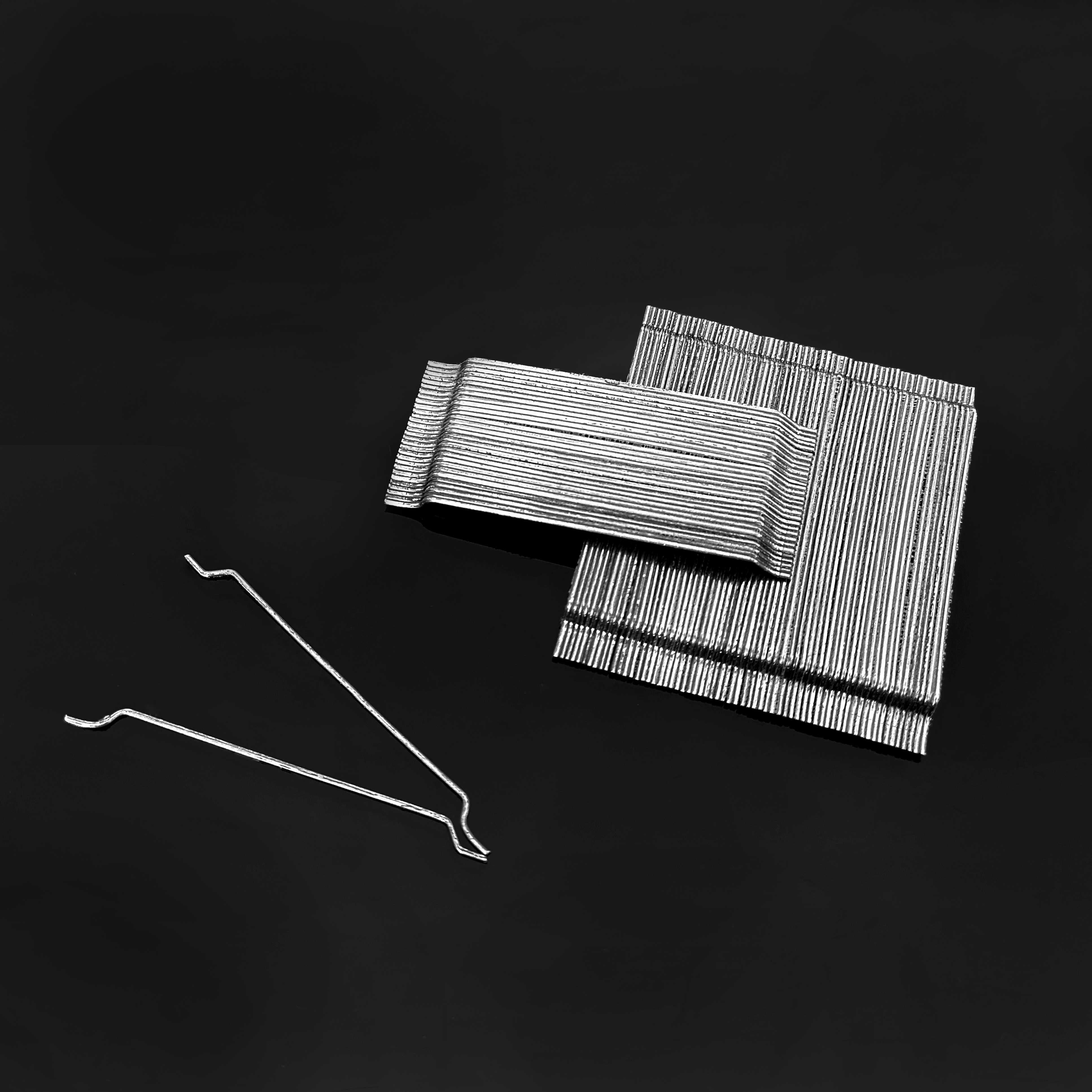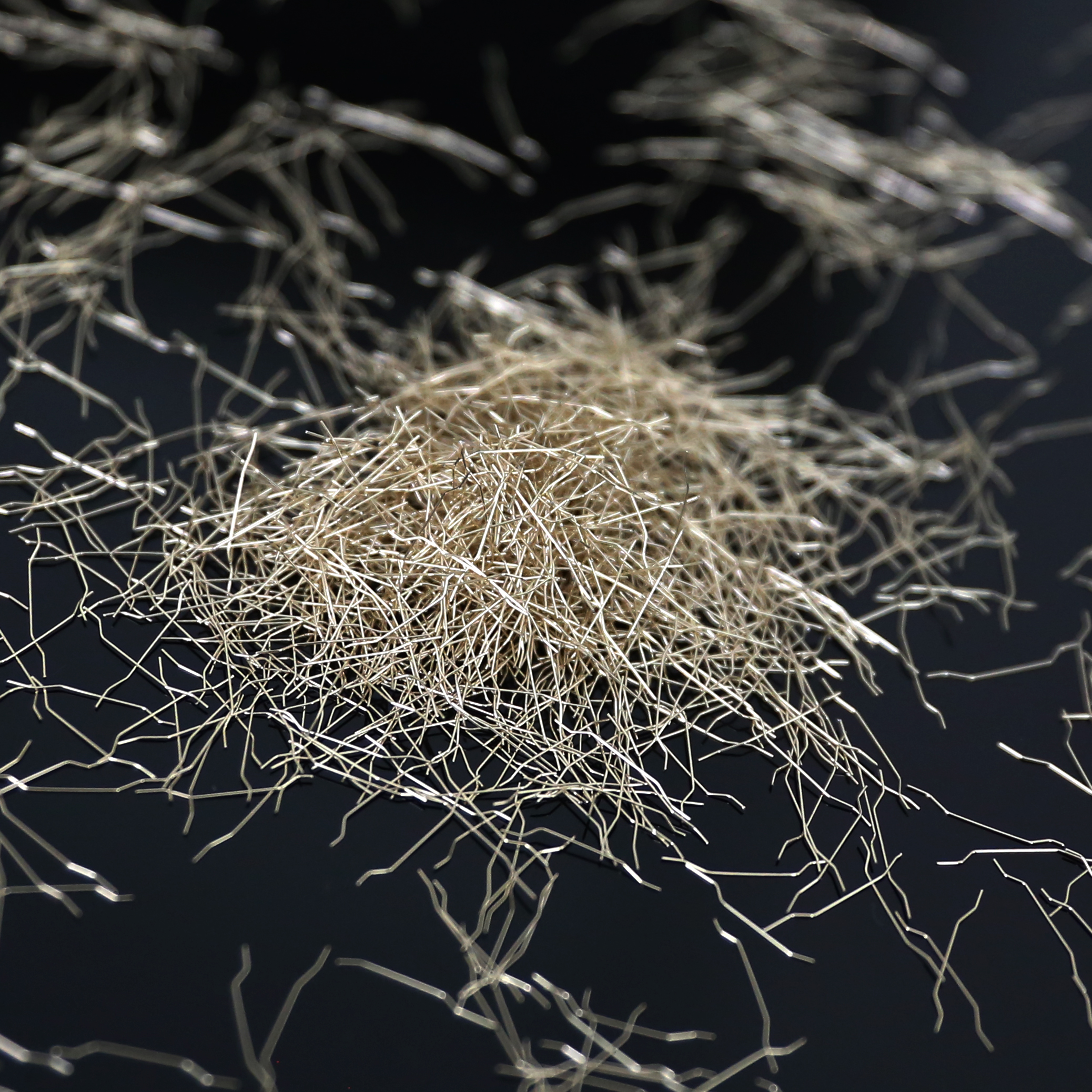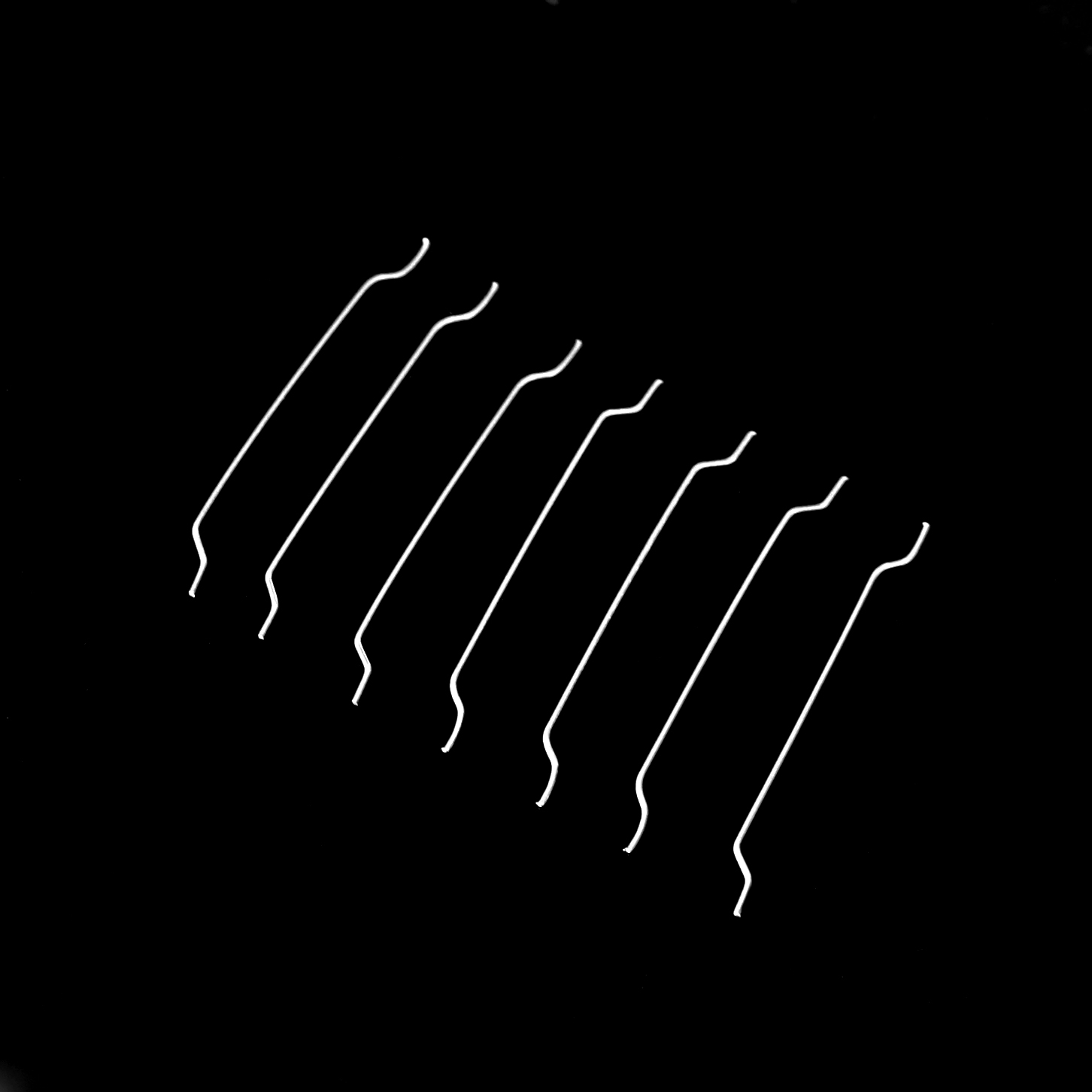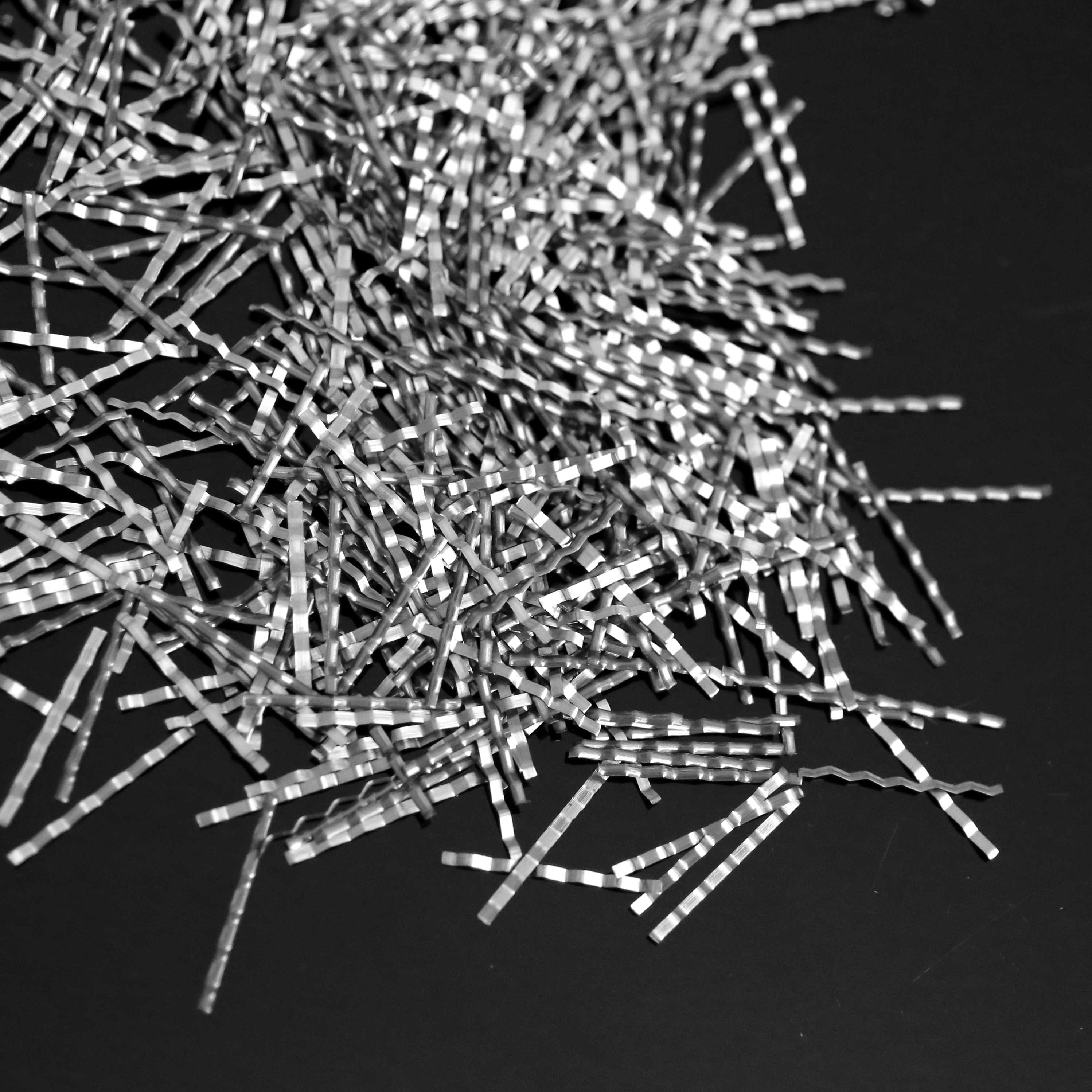steel fiber reinforced concrete
Tangshan YiAn metal products co., Ltd. locates in tangshan city, focusing on production of cold drawn steel wire steel fiber, loose hooked end steel fiber, glued steel fiber, stainless steel fiber, copper coated steel fiber & shear steel fibers, and our products has passed ISO9001 and CE certificate.
Our fiber are widely used in Concrete reinforcement/Precast element And we have sold our fiber to more than 20 counties.
| Product name | steel fiber reinforced concrete |
| Keyword | steel fiber i95,steel fiber reinforcement concrete,steel fiber manufacturer,9 mm diameter 50 mm steel fiber,prime steel fiber |
| Place of Origin | China |
| Diameter | 0.73MM |
| Product Description | Steel fiber is a concrete reinforcement material, which is a slender fiber made of high-strength steel wire. These wires can be straight, corrugated or zigzag and can be customized and designed as needed. These fibers are added to concrete to effectively enhance its tensile strength, durability and crack resistance. |
| Advantage | We keep good quality and competitive price to ensure our customers benefit |
| Sales country | All over the world for example:Croatia,Pakistan,Fiji,Tanzania,Samoa,Senegal |
| Certificate | ISO9001 ,CE |
| Material | Stainless steel,Steel,Carbon Steel,low carbon steel wire |
| Feature | Excellent Tensile |




FAQ Guide
Let’s continue!
2.How does steel fiber reinforced concrete impact the overall strength of concrete?
3.Can steel fiber reinforced concrete improve the impact resistance of concrete?
4.Do certain types of steel fiber work better in specific climates or environments?
5.Can steel fiber be used in precast concrete elements?
1.Can steel fiber replace traditional reinforcement in concrete?
Steel fiber can be used as a replacement for traditional reinforcement in certain applications, but it is not a complete replacement. Traditional reinforcement, such as steel bars or mesh, is still necessary for structural integrity and to resist tensile forces in concrete. Steel fiber can be added to concrete to improve its strength, durability, and crack resistance, but it cannot completely replace traditional reinforcement. Additionally, the use of steel fiber in concrete requires careful design and testing to ensure its effectiveness and compatibility with the specific project requirements.
2.How does steel fiber reinforced concrete impact the overall strength of concrete?
Steel fibers are small, thin strands of steel that are added to concrete mixtures to improve its strength and durability. When mixed with concrete, steel fibers act as reinforcement, providing additional tensile strength and improving the overall performance of the concrete.
The addition of steel fibers to concrete can significantly increase its strength and impact resistance. This is because the fibers act as a reinforcement, distributing the load and preventing cracks from forming. The fibers also help to hold the concrete together, making it more resistant to cracking and spalling.
The overall strength of concrete is determined by its compressive strength and its tensile strength. Compressive strength refers to the ability of concrete to withstand compression or being pushed together, while tensile strength refers to its ability to resist tension or being pulled apart. Steel fibers improve both of these properties, making the concrete stronger and more durable.
In addition to improving strength, steel fibers also help to control shrinkage and reduce cracking in concrete. This is because the fibers act as a barrier, preventing the formation of large cracks and limiting their propagation.
Overall, the addition of steel fibers to concrete can significantly increase its strength and durability, making it suitable for a wide range of applications, including industrial floors, pavements, and precast elements. However, the amount and type of steel fibers used must be carefully selected to ensure optimal performance and avoid any negative effects on the concrete.
3.Can steel fiber reinforced concrete improve the impact resistance of concrete?
Yes, steel fiber can improve the impact resistance of concrete. Steel fibers are added to concrete to increase its tensile strength and ductility, making it more resistant to cracking and breaking under impact. The fibers act as reinforcement, distributing the force of the impact throughout the concrete and preventing it from concentrating in one area. This results in a more durable and impact-resistant concrete. Additionally, steel fibers can also improve the energy absorption capacity of concrete, making it better able to withstand sudden impacts without significant damage.
4.Do certain types of steel fiber work better in specific climates or environments?
Yes, certain types of steel fiber may work better in specific climates or environments. For example, stainless steel fibers are more resistant to corrosion and may be better suited for use in humid or coastal environments. On the other hand, galvanized steel fibers may be more suitable for use in areas with high levels of moisture or exposure to chemicals. Additionally, the shape and size of the steel fibers can also affect their performance in different environments. For example, hooked or crimped fibers may be more effective in resisting cracking in cold climates, while straight fibers may be better suited for use in hot and dry environments. Ultimately, the selection of the most suitable type of steel fiber will depend on the specific conditions and requirements of the project.
5.Can steel fiber be used in precast concrete elements?
Yes, steel fiber can be used in precast concrete elements. Steel fiber is often added to precast concrete to improve its strength, durability, and crack resistance. It can also help reduce the amount of reinforcement needed in the precast element, making it more cost-effective. However, the use of steel fiber in precast concrete should be carefully considered and designed by a structural engineer to ensure proper placement and distribution of the fibers.


